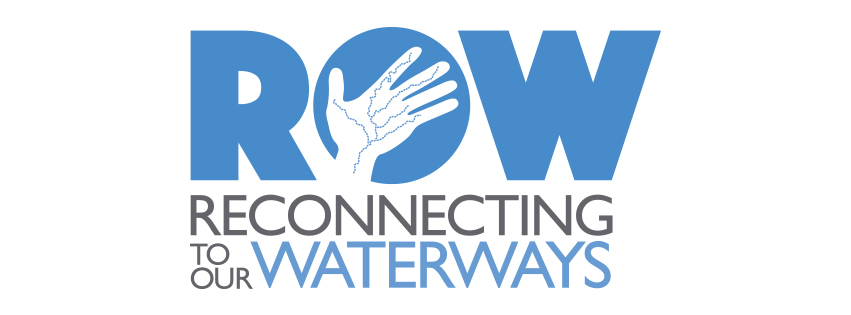Waterways can function as connective tissue between seemingly disparate communities bridging class, race, gender, and age gaps through collective care and engagement on the water.
On October 24th, Reconnecting to Our Waterways (ROW) celebrated how six waterways across Indianapolis are working to improve their communities by embracing and valuing the river and its tributaries during ROWPort 2018.
One effort highlighted at ROWPort comes from ROW’s Central Canal Waterway Committee and provides a unique glimpse of a waterway community in transition after generations of disenfranchisement, neglect, and disconnection. Through a special partnership between the Canal Committee, Groundwork Indy, and Friends of the White River, new relationships between the neighborhoods that surround Riverside Park and their waterways are being cultivated to challenge past inequities through direct activity on the water.
A Look Back
Indianapolis’s Riverside community sits at the junction of the Central Canal, White River, and Fall Creek. While Riverside Amusement Park was once a main summer attraction in Indianapolis that spanned six decades with rides, swimming, and boating, those African-American families living nearby were only allowed into the amusement park one day each year. As a result of this segregation, the community turned instead to the Central Canal as a place of recreation. For those who grew up in this community, the waterways and surrounding park lands can be a reminder of the city’s history of racist exclusion.
Waterways for All
Today, Groundwork Indy (GI) and Friends of the White River (FOWR) are not just connecting the community back to their waterway as an asset. They are also working to establish a multi-generational appreciation for nature and the waterway by training GI youth to lead engagement with other community members. The young men and women (ages 14 – 24) who make up GI’s Green Team are learning water navigation skills through River School, a program of FOWR. The Green Team has participated in and are now working to lead raft floats along Indy’s White River. By pushing their oars into water that was once a symbol of division, these young people are staking a claim to their right to access their waterways, a healthier environment, and a more secure future by learning skills that empower them to lead.
But this program doesn’t just benefit the GI youth. FOWR, an organization established 33 years ago by those who loved to fish and boat on the river, is eager to increase its own capacity and bring in new, enthusiastic people to “take the helm” (literally). Interest is gaining as the White River Vision Plan gets underway and an investment of over $5 million in 14 partner organizations making improvements on the White River by the Nina Mason Pulliam Charitable Trust begins to bear fruit. FOWR led about five White River rafting floats annually before this year. In 2018, FOWR has led nearly 25 floats and the season isn’t quite over. There is a strong likelihood that as ROW and its partners raise awareness about the river, the need for river guides and other waterway-related skills and jobs will be increasingly important.
The health of the waterways depends on future leaders, like the Groundwork Indy youth, making physical and social connections that support a resilient Indianapolis.
